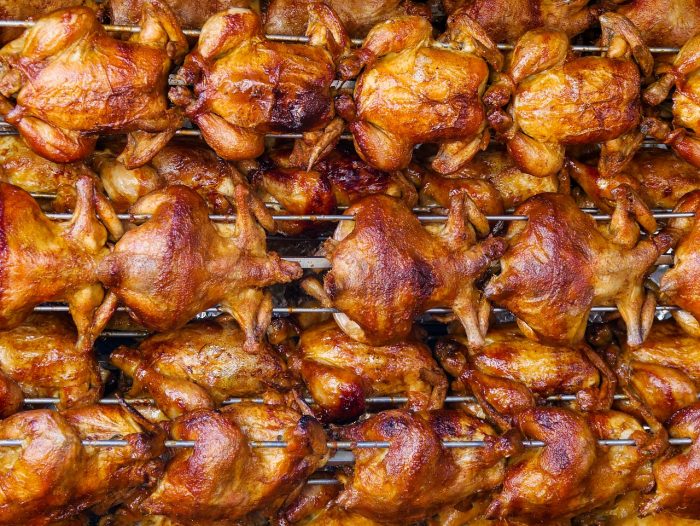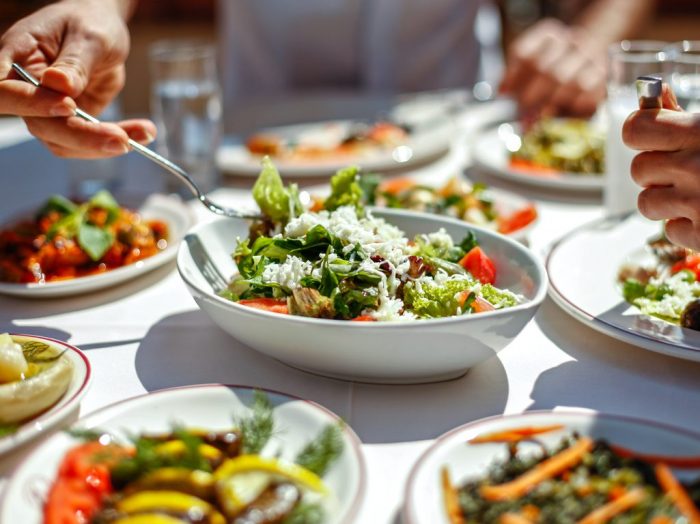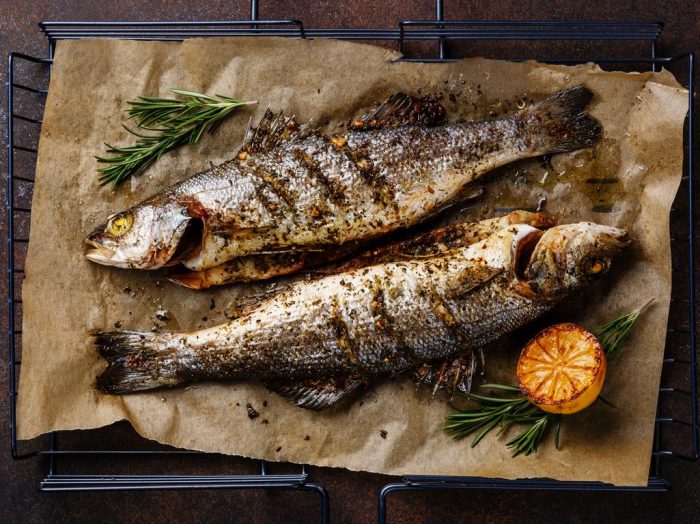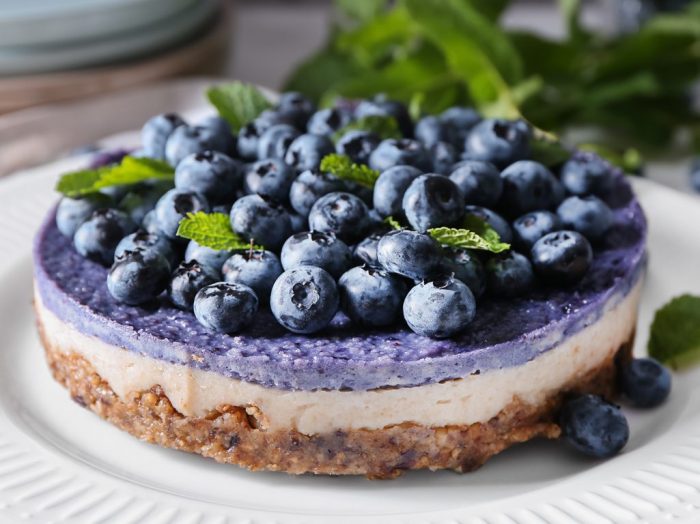A very popular study has been making the rounds on the internet lately, regarding chicken and breast cancer. The media has suggested that chicken might lower the risk of breast cancer, but that’s not the actual truth. Let’s find out what it is then!
The study was recently published in the International Journal of Cancer and it followed 42,000 women for a time frame of eight years. The research examined the links between breast cancer and the consumption of red meat and poultry. The results say that a woman has a lower chance of having breast cancer if they consume more poultry than red meat. But that’s not how the media presented the information. Look at this tweet from the Independent.
Chicken and breast cancer – no cause and effect
The study was an observational one, which means that it can’t show cause and effect. This does not mean that eating chicken will lower the risk of having breast cancer. More likely, the lower risk of breast cancer might come from consuming less red meat. And it just means that chicken is maybe less damaging to your health, but not that it has any protective qualities against breast cancer.
The 42,000 women who participated in the study were aged 35-74 and were involved in the Sister Study. This was founded by US National Institutes of Health and it is tracking women’s health in order to better understand what causes breast cancer.
Among these women, about 1,536 had invasive cases of breast cancer diagnosed. The study participants answered standardized questionnaires in regards to their meat consumption habits.
The women who consumed the most red meat had a 23 percent bigger risk of being diagnosed with invasive breast cancer than those who consumed small amounts. Women who consumed the most poultry had a 15 percent lower risk than those who consumed the least poultry.
Those results sound strange until you realize that probably the women who consumed more poultry consumed less red meat and there is an overlap there in the statistics.
Featured image by Gerhard Gellinger from Pixabay






